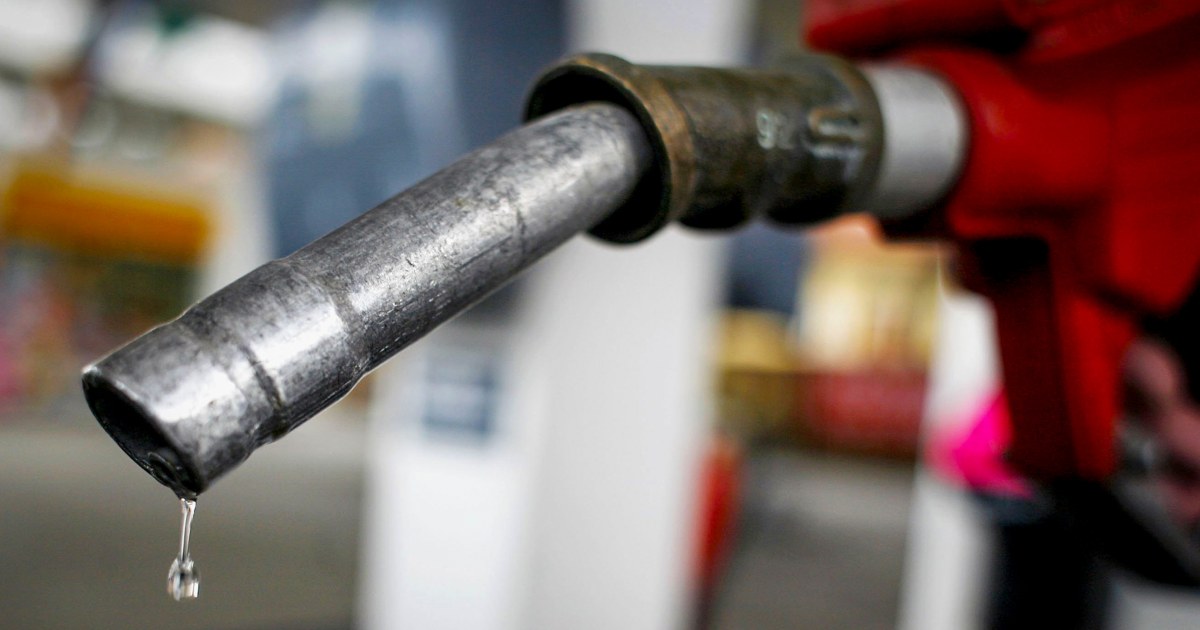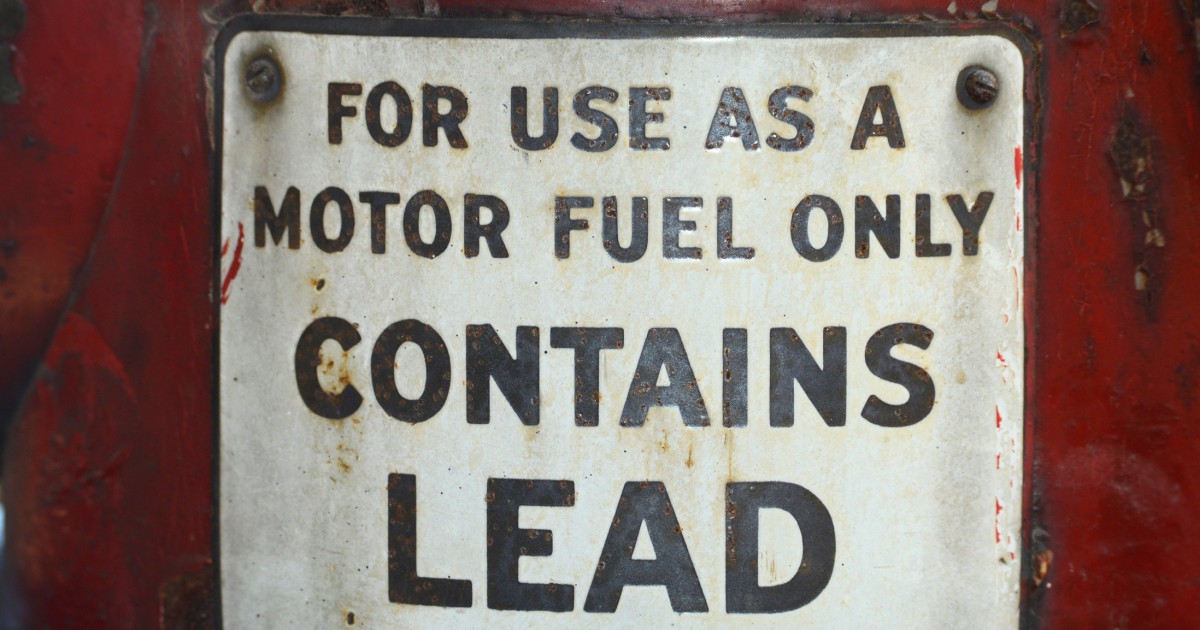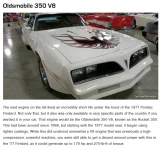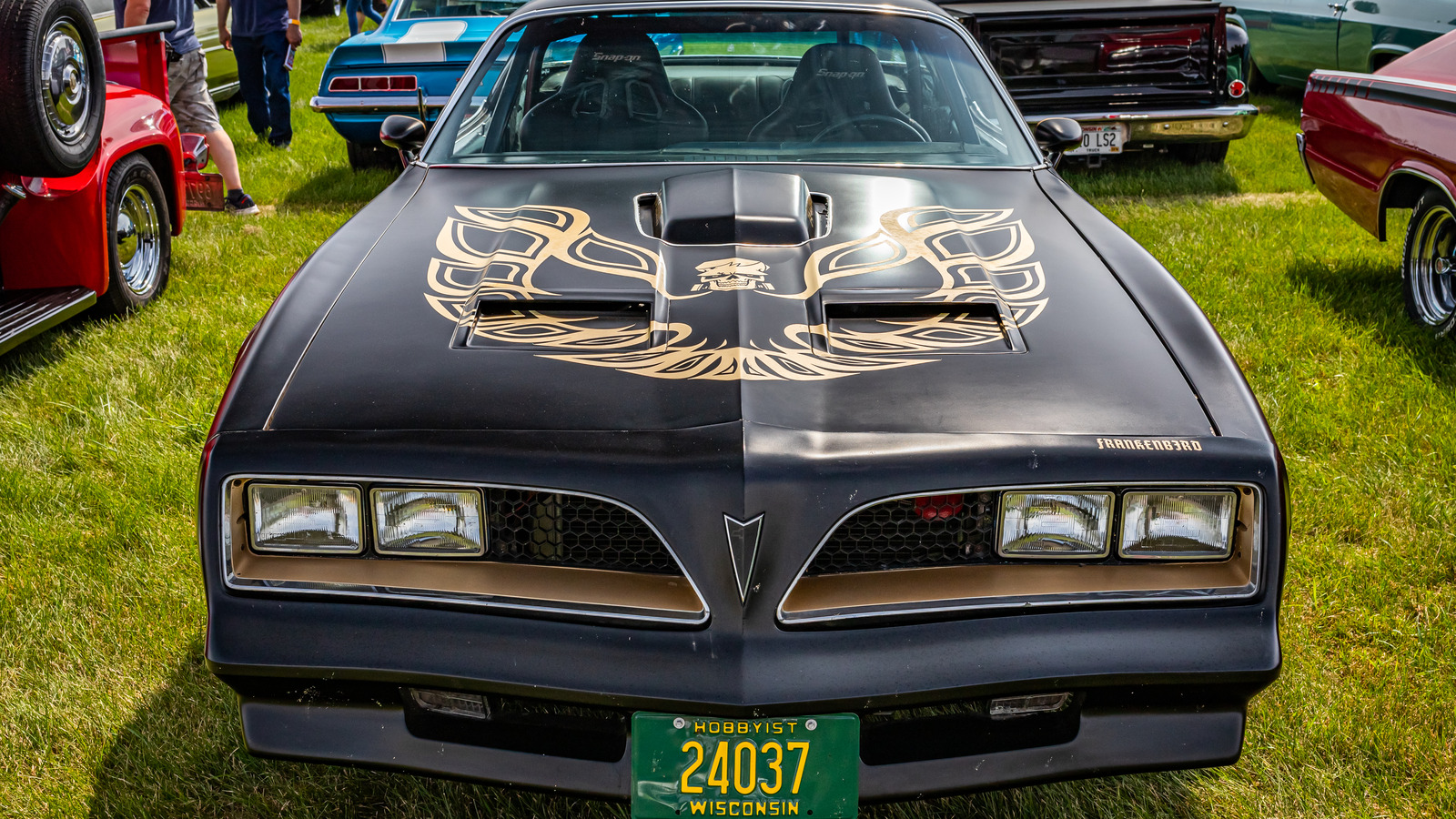There were legitimate concerns at the time about automotive performance, and the public at large did not understand the reasons. TEL was used as an anti-knock agent. Without it, engines could not get the came power.
My first car that required unleaded gasoline was rated at 160 HP, but used a 350 CID (5.7 liter) engine. Previously, such an engine could achieve over 300 HP easily, and almost 400 HP in factory stock muscle cars with exhaust, cam, and fuel injection. Between the unleaded gasoline and old technology catalytic converters, so much power possibilities were gone.
I was in the Army, and in 1986 my new assignment was Germany. I picked up a 1977 Firebird Esprit with the optional V8 engine. At the time, Germany was still using leafed gasoline and this car was made for unleaded. It was standard protocol to remove the catalytic converters, because leaded gasoline would destroy them. This car, factory stock 160 HP rated would run like a raped ape! Without the catalytic converter and using leaded gas, it would hit over 170 MPH on the autobahn. It wasn't until better computer control and a standardized gasoline formulation, that we can achieve good high performance internal combustion engines again with unleaded gas.
350 CID "R" code engine. 4 core radiator, Rochester quadrajet, duel exhaust. 2.41 rear axle. Turbohydromatic 350 transmission. 4,000 RPM at the driveshaft was 150 MPH. I forgot which tires I was buying for it, but they were good sticky tires, and I was replacing theme every year. I wanted to maintain control at those speeds and paid for "Z" rated tires. They were not 40,000 mile tires.
I lived off base in Gaertigen, stationed at Patch Barracks in Viahingen. My average commute speed was around 130 MPH.




